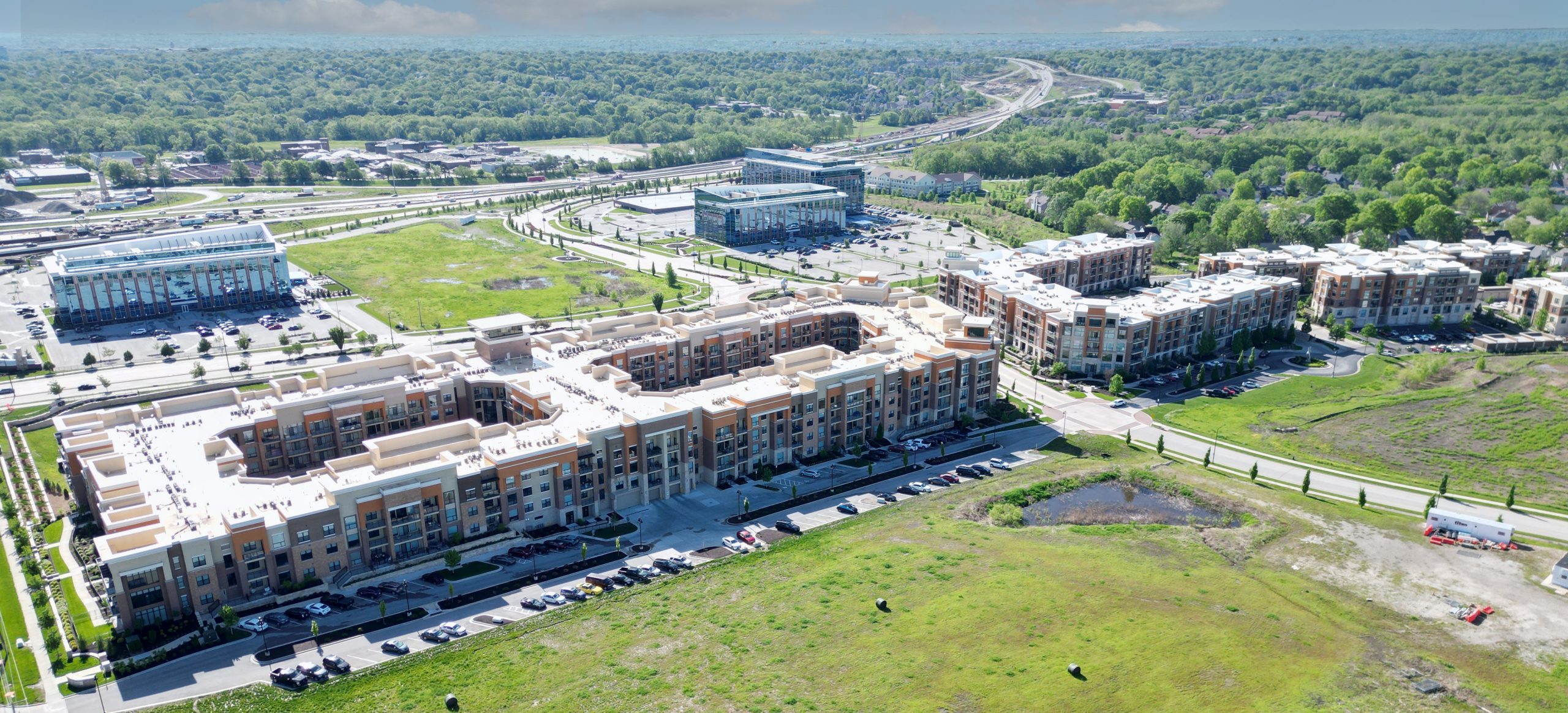Mixed-use zoning is a land-use classification that allows a blend of residential, commercial, institutional, and sometimes industrial uses within a single development or district. This zoning type is increasingly popular in urban planning as cities work to accommodate growing populations, encourage walkability, and revitalize underutilized spaces. For buyers, mixed-use zones can offer both opportunities and challenges depending on their goals—whether for personal residence, investment, or business use.
These developments are often found in central business districts, emerging neighborhoods, or near key transit corridors. A notable example is Q Tower Condos in Toronto’s South Core, which integrates retail, office, and residential units in one vertical community. Projects like this are transforming how planners and buyers view city living, creating vibrant hubs that support live-work-play lifestyles.
Legal Framework and Zoning Compliance
Understanding the legal aspects of mixed-use zoning is essential for buyers. Zoning ordinances govern how land and structures can be used, dictating specifics such as allowable floor area ratios (FAR), height restrictions, parking requirements, and permitted use mixes. While mixed-use zoning permits more flexibility than single-use zones, it still comes with strict compliance obligations. Buyers should consult local municipal zoning maps and development guidelines to understand whether their intended use aligns with what is legally permitted on the site.
For investors or developers, mixed-use projects often involve multiple permit types and layers of approvals. In Toronto, for example, developments must often undergo site plan control, environmental review, and architectural design review. If a buyer is acquiring a commercial-residential space with intent to renovate or change use (e.g., converting a commercial unit to a residential one), they may need to apply for a zoning variance or minor variance through the city’s Committee of Adjustment.
Legal due diligence should include title searches, review of any easements or covenants, and confirmation that the structure meets Building Code requirements for the proposed mixed uses. Real estate lawyers play a vital role in navigating these complexities, especially when shared access, utilities, or commercial leases are involved.
Financial Advantages of Mixed-Use Properties
Mixed-use properties can offer financial benefits that traditional single-use properties do not. For owner-occupiers, there’s the advantage of convenience—living upstairs and running a business downstairs. For investors, mixed-use properties can generate diversified income streams. For example, residential units may yield stable long-term rental income, while commercial spaces may command higher rent on a per-square-foot basis.
Financing for mixed-use properties can be more complex but often more rewarding. Lenders will assess income potential from all components of the property, though loan terms may differ based on the proportion of commercial use. Properties with a commercial share over a certain threshold—often 50%—may require commercial mortgage terms, which could carry higher interest rates and shorter amortization periods.
Tax considerations also come into play. Buyers can benefit from depreciation on the commercial portion, deduct property-related expenses, and structure ownership in ways that optimize capital gains outcomes. However, these financial instruments require careful planning with tax advisors and real estate accountants to avoid pitfalls like misclassification of income or GST/HST issues on commercial leases.
Lifestyle and Market Appeal for End Users
One of the most compelling features of mixed-use zoning is the lifestyle it enables. Residents can live within walking distance of grocery stores, restaurants, transit, gyms, and cultural venues. This appeals especially to young professionals, downsizers, and remote workers seeking vibrant urban settings with reduced reliance on vehicles.
From a market perspective, mixed-use units in well-located developments tend to hold value due to location, access to amenities, and ongoing demand. However, the buyer demographic may be more specific, and resale potential can depend on local sentiment toward urban density and commercial presence within residential buildings.
Noise, foot traffic, and limited parking are possible downsides. Living above or near retail or office space may mean more daily activity and less privacy. Moreover, shared building components like elevators or HVAC systems can result in complex maintenance agreements and higher condo fees. Buyers should review condominium declarations and shared facility agreements to understand their obligations and rights.
Risks and Regulatory Challenges
Mixed-use developments also come with unique risks. Regulatory changes can impact property use or value. For instance, a zoning amendment might restrict the types of businesses allowed, or a new development plan might increase commercial density nearby, affecting competition. Additionally, retail spaces can be more sensitive to economic downturns, resulting in vacancies that impact overall property income.
Due diligence must extend to the building’s governance structure. Are commercial and residential owners part of the same condo corporation? Are there separate boards or cost-sharing formulas? Misalignment between business operators and residents can create disputes over operating hours, signage, or noise levels. Legal documentation should be scrutinized to understand dispute resolution procedures, maintenance reserves, and exclusive-use provisions.
Insurance is another complex area. Commercial spaces may require different coverage limits or policies compared to residential ones, and liability can be shared in unforeseen ways. Buyers should consult brokers familiar with mixed-use insurance products to avoid coverage gaps.
Final Thoughts
Mixed-use zoning provides buyers with opportunities to capitalize on convenience, income potential, and urban vibrancy. However, success in these environments depends on a firm understanding of legal constraints, financial structures, and long-term risk factors. Whether purchasing for personal use or investment, buyers should engage professionals early in the process to ensure the property fits their goals and complies with evolving municipal policies.





























